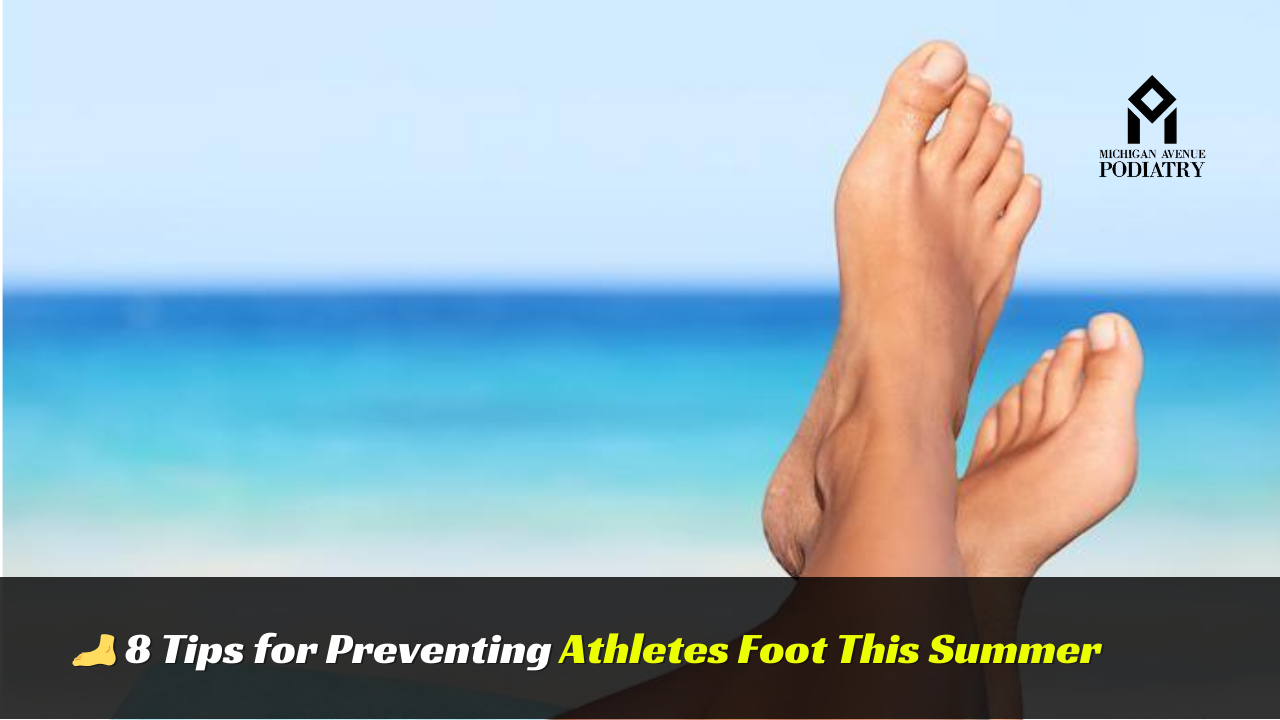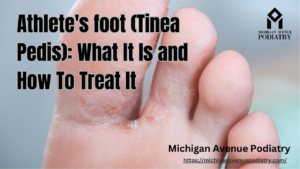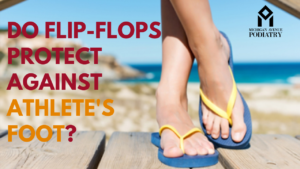As the temperature rises and outdoor activities abound, it’s essential to prioritize foot health and prevent common ailments such as athlete’s foot. This fungal infection thrives in warm, moist environments, making summer an ideal breeding ground. To keep your feet healthy and free from athlete’s foot symptoms, follow these expert tips for prevention and proactive foot care.
1. Choose Breathable Footwear:
Opt for shoes made from breathable materials such as mesh or leather to allow air circulation and prevent moisture buildup. Avoid wearing tight-fitting or non-breathable shoes for extended periods, especially in hot and humid conditions. Consider investing in moisture-wicking socks to keep your feet dry and comfortable throughout the day.
2. Keep Feet Clean and Dry:
Maintaining proper foot hygiene is crucial for preventing athletes foot. Wash your feet thoroughly with soap and water daily, paying extra attention to the spaces between your toes where moisture tends to accumulate. After washing, thoroughly dry your feet, including between the toes, to remove excess moisture and minimize the risk of fungal growth. Avoid walking barefoot in public areas such as locker rooms, swimming pools, and communal showers to reduce exposure to the fungus that causes athlete’s foot.
3. Rotate Shoes and Socks:
Rotate your shoes regularly to allow them to air out and dry completely between wears. Avoid wearing the same pair of shoes two days in a row, especially if they become damp or sweaty during wear. Likewise, change your socks frequently, particularly after engaging in physical activity or spending time outdoors in hot weather. This practice helps prevent moisture buildup and creates an inhospitable environment for fungal growth.
4. Use Antifungal Powder or Spray:
Incorporate antifungal powder or spray into your foot care routine to help prevent athletes foot. Apply the powder or spray to your feet and inside your shoes before putting them on to create a protective barrier against fungal infections. Focus on areas prone to moisture buildup, such as between the toes and the soles of the feet. Choose products containing ingredients like miconazole or clotrimazole, which are effective against the fungi that cause athlete’s foot.
5. Practice Proper Nail Care:
Trim your toenails regularly and keep them clean to prevent fungal infections from spreading to the nails. Cut nails straight across and avoid cutting them too short, as this can increase the risk of ingrown toenails, which can create entry points for fungal infections. If you frequent nail salons, ensure that they follow strict hygiene practices to prevent cross-contamination and the spread of fungal infections.
6. Avoid Sharing Personal Items:
Athlete’s foot is highly contagious and can spread through direct contact with contaminated surfaces or personal items. Avoid sharing towels, socks, shoes, or other personal items with others, especially if they have a known fungal infection. Be cautious when trying on shoes or borrowing footwear from others, as this can also increase the risk of exposure to the fungus that causes athlete’s foot.
7. Practice Good Foot Care in Public Spaces:
When visiting public spaces such as gyms, swimming pools, or locker rooms, take precautions to protect your feet from exposure to fungal infections. Wear shower shoes or flip-flops to prevent direct contact with contaminated surfaces, and avoid walking barefoot whenever possible. After using shared facilities, thoroughly wash and dry your feet to remove any potential sources of infection.
8. Seek Prompt Treatment for Symptoms:
If you experience athlete’s foot symptoms such as itching, burning, redness, or cracking of the skin, seek prompt treatment from a podiatrist or healthcare professional. Over-the-counter antifungal creams, ointments, or sprays can help alleviate symptoms and clear up the infection. However, if symptoms persist or worsen, consult with a podiatrist for further evaluation and personalized treatment recommendations.
Conclusion:
By incorporating these expert tips into your summer foot care routine, you can significantly reduce your risk of developing athlete’s foot and enjoy healthy, happy feet all season long. Prioritize proper foot hygiene, choose breathable footwear, and seek prompt treatment for any signs of infection to keep your feet in top condition this summer.



